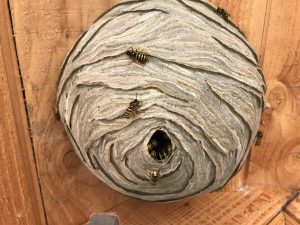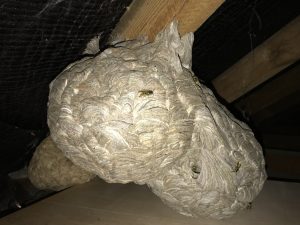Brown Rat/Common Rat
Brown Rat / Common Rat Stats:
 |
 |
 |
| weight of a adult common Rat is between 250-500g, They are sexually mature from as little as 12 weeks of age and their litter sizes range from 6 – 11, they are capable of giving birth every 3-4 weeks , They can gain access through gaps as little as 15mm when fully grown, Their droppings are around 12mm in length and average around 40 droppings per day, Rat activity in our property can be sometimes heard in cavity walls and ceilings. |
House Mouse
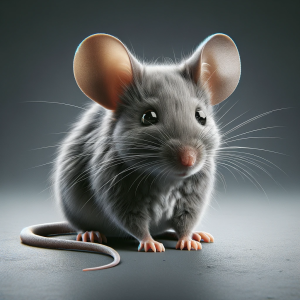 |
 |
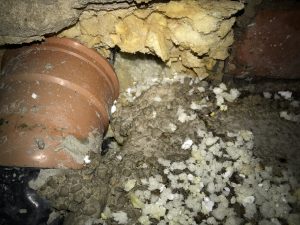 |
House Mouse Stats:
| weight of a adult house mouse is between 15-18g, They are sexually mature from 5-6 weeks of age and their litter sizes range from 5-8, they are capable of giving birth every 3 weeks, They can gain access through a 5mm gap when fully grown, Their droppings are around 5mm in length and average around 80 dropping per day, The most common activity of mice present is their droppings scattered over kitchen work tops. |
Cat Flea
 |
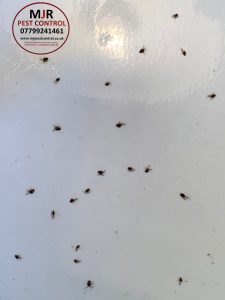 |
 |
Flea Stats:
|
After mating, the female flea layseveral hundred eggs in batches after each blood meal in the cat fur, bedding, resting siteand in areas where the cat is to be found. The eggs are small (0.5mm) white and oval shape. From the egg emerges the larval stage which is again white, legless but covered in large bristles, the larvae are not blood suckers but feed on general organic debrit which is to be found in the lair of the cat. When mature, the flea larva is about 5mm long and it spins a cocoon of silk which very quickly get covered in a large amount of dust and debrit. The pupa develops with in the silken cocoon and when triggered by suitable stimuli such as vibration the adult emerges to feed on the cat. |
Common Bedbug
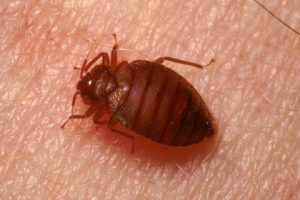 |
 |
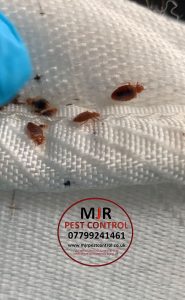 |
Bed Bug Stats:
| Mainly a nocturnal parasite at 5mm in length, A adult female lays eggs through out her life at a average of 5 a day, The eggs hatch at around 10 days, The nymphs (young) are a miniature version of the adults and go looking for a blood meal once hatched, The nymphs are capable of reaching the adult stage in a few weeks but on average in several months, Bites from bedbugs may cause severe allergic reaction but not known to be disease carriers, Infestations are common and are NOT down to poor hygiene. |
Cockroach
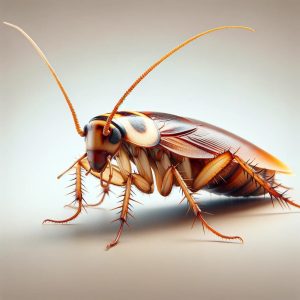 |
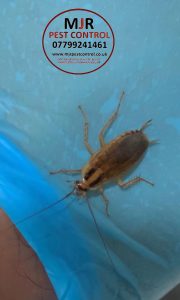 |
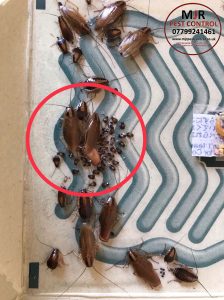 |
Cockroach Stats:
|
The ootheca is carried by the female until it is within 1-2 days of hatching. Small 1st instar nymphs emerge from the ootheca and easily infest tiny cracks and crevices in the immediate area. All the nymphal stages and the adults feed o the same type of food, making the establishment of infestation extremely easy. German cockroaches are found throughout buildings but show a preference for warm humid areas. Adult size: 13-16mm Number of moults: 5-7 Development time: (egg to adult) 1-3 months Length of adult stage: 3-6 months No of oothecae produced: average 5 In female lifetime: Range 4-8 No of eggs produced: average 30-40 Per ootheca: Range 18-50 They are good climbers, being able to climb vertical glass or tiled surfaces. An infestation of these cockroaches can be quickly established once they have entered any premises. This species is an extremely serious pest in many different types of premises ranging from hospitals to domestic houses. |
Wasp, Yellow Jacket
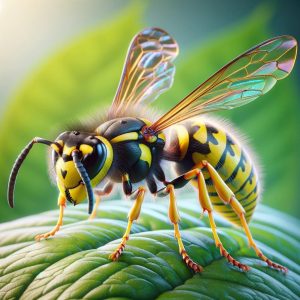 |
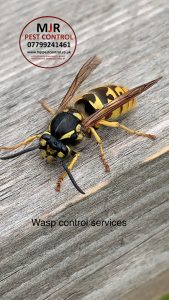 |
 |
Waps, Yellow Jackets Stats:
|
Yellow Jackets, Wasps • Wasps are colonial insects living in social groups. • Overwintering queen makes a small starter nest from paper made by mixing wood and saliva and establishes each colony in the spring. • The colony grows throughout the summer and nest with it.#many thousands of individuals are associated with each nest, with the workers feeding on nectar, sweet materials and, at certain times , insect larvae and other animal pieces. • The colony develops males towards the end of the summer to mate with presumptive queens, which, when mated, overwinter to start a new colony the following year. • Wasps can cause alarm when present in large numbers and where the nest is in place where insects can interfere with humans. • They can inflict painful, dangerous stings, especially to those people with allergies. • When the sting is inside the throat, the effect can be fatal. |
Common Clothes Moth
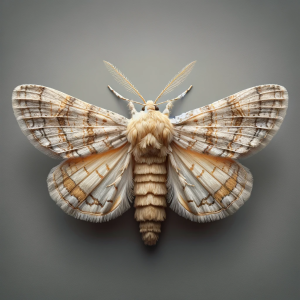 |
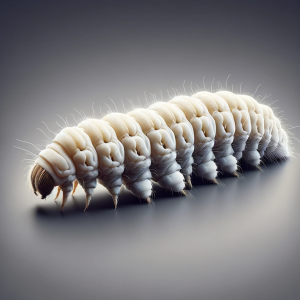 |
 |
Common Clothes Moth Stats:
| The adult female lays eggs, (between 50 ad 100), amongst the material upon which the larvae will feed. The larvae emerge from the egg and proceed to feed. Whilst feeding, the larva of the clothes moth frequently constructs a loose silken “shelter” which has attached to it many particles of debris and faecal pellets etc. Once mature the larvae pupate. |
Carpet Beetle and Larvae
 |
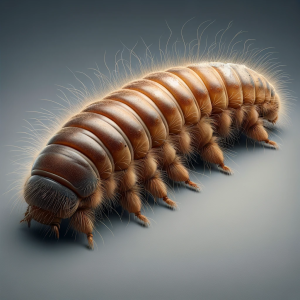 |
Carpet Beetle Stats:
| Common in the UK, Adult females lay up to 100 eggs in suitable material food sources such as fabrics, carpets, clothing and furs, The eggs hatch in 10 days to 4 weeks, The larvae (young), known as woolly bears are banded in colour and covered in bristles, They are in the larvae stage for several months before going into the pupae stage and then hatching out into the adult stage, It is the larvae stage ONLY that cause the damage to the materials, Adults feed on pollen. |
North American Grey Squirrel
 |
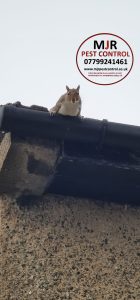 |
 |
Grey Squirrel Stats:
|
The grey squirrel can be a serious pest when they enter attic areas for breeding, They have two breeding seasons a year with litter sizes ranging from 1 to 7 but a average of 3, The young are weaned at 8-10 weeks of age and are sexually mature at 12 months of age. |
European Mole
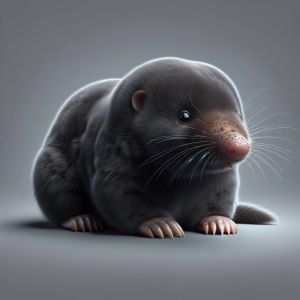 |
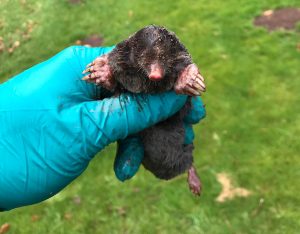 |
Mole Stats:
| Moles are a solitary in their habits and live almost entirely underground in tunnel systems, The most obvious sign of moles present is the molehills, They feed mainly on earth worms and each mole can range a area of 400 to 1600,square metres, Moles have one breeding season a year, The young are born blind and without fur, They develop rapidly and leave the nest at around 5 weeks of age. |
Feral Pigeon
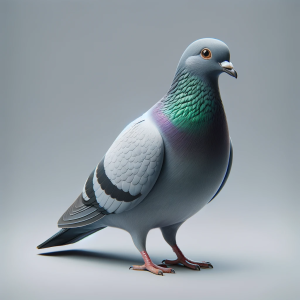 |
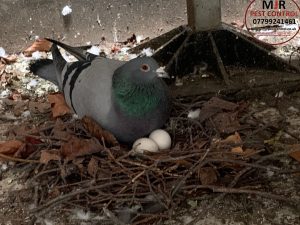 |
 |
Feral Pigeon Stats:
| The peak breeding season is between March and July but feral pigeons are capable of breeding all year. Size: 300-350mm Weight: 275-550g Plumage: Blue-greys, reds, blacks Sexing: Little visible difference |

